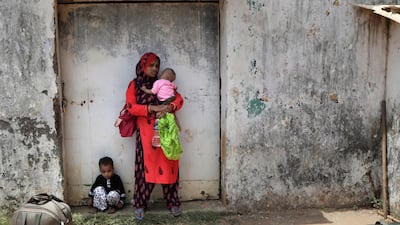Even as it struggles to flatten the coronavirus curve, India finds itself on the cusp of two tectonic shifts – both concerning the future of migrant workers. They appear to be moments of crisis and yet, they are both opportunities in disguise.
India, the second most populous nation in the world and with the sixth highest number of Covid-19 infections, is currently seeing an exodus within its borders while being at the receiving end of one from outside of them.
The nationwide lockdown, called by Prime Minister Narendra Modi in an effort to curb the spread of the virus, led to a complete closure of all economic activity, forcing millions of migrant workers out of jobs and money while being separated from their families.
In their desperation, many of them are moving out of the cities, where they form the backbone of its labour force, to return home to the hinterlands.
While these images played out, something similar was happening across the Arabian Sea. Thousands of Indian migrant workers from around the world, but especially from the Gulf countries, were being brought home in special flights during the past four weeks. Thousands more are expected over the next one month. At least one-fifth of those flown back are migrant workers and indications are, thousands more are waiting to return.
On the face of it, both events signal grave challenges to India’s social fabric and its economy.
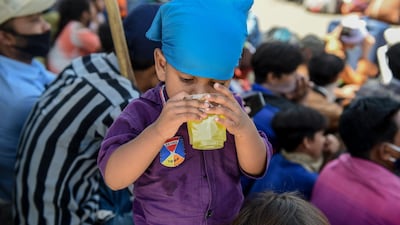
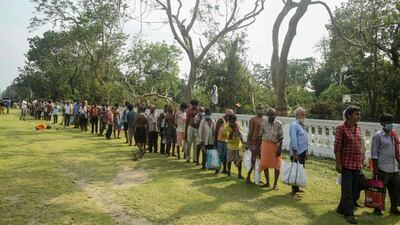

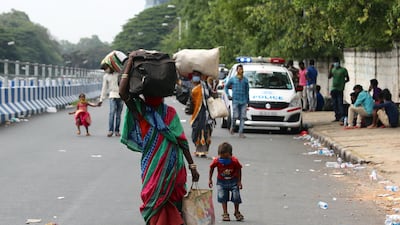
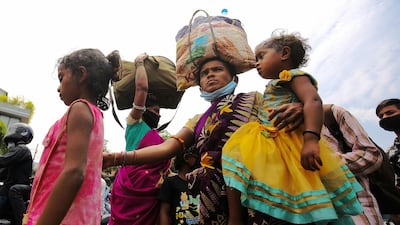
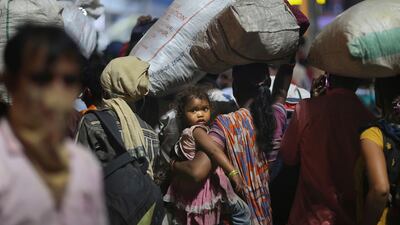
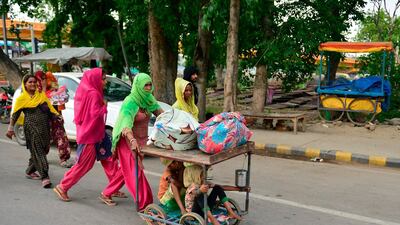
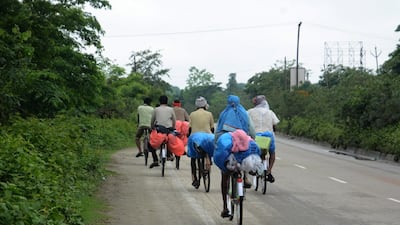
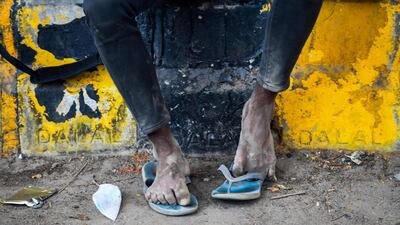
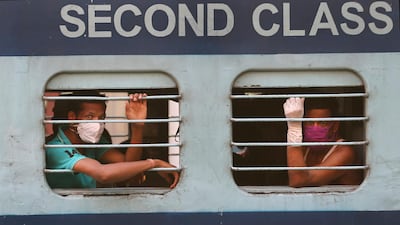
India has the distinction of sending out the most number of emigrants – its diaspora is 17.5 million-strong, according to the UN. In many ways, both tangible and otherwise, migration is very crucial for the country. It not only brings in the money – India received $83.1 billion in remittances in 2019, the highest in the world – but also acts as a safety valve for job seekers while allowing its citizens to pick up skills, cultures and knowledge.
However, with global financial systems set to go into a tailspin due to the pandemic, migrant workers will inevitably suffer job losses, forcing them to return home. Kerala, according to one estimate by an expert with the local government, might see up to 300,000 workers returning from West Asia alone.
Apart from having to provide jobs to these returnees at a time when the country’s unemployment rate is at 24 per cent, the exodus will also burn a massive financial hole.
Remittances account for 2.8 per cent of India’s gross domestic product and there are indications that this will go down by at least 20 per cent, the World Bank has estimated.
Something similar is likely to unfold on the domestic front.
This week, many states across India gradually started opening up and reversing restrictions imposed during the lockdown. But as the country emerges from its lockdown and industries open their shutters, many businesses are discovering that the migrants who ran their assembly lines are no longer around.
Already beset by losses, enterprises are struggling to resume production. Cheap labour, often employed in casual jobs without any security or social cover, ensured that businesses could operate at low costs. Without them, businesses are staring at hard choices.
After all, migrant workers form the backbone of the labour force, especially in cities such as Mumbai and Delhi. Academic work estimates that India has at least 100 million temporary and seasonal migrants who, typically, migrate for short durations. In all, they contribute to about 10 per cent of national GDP, estimates from the United Nations Development Programme show.
It is gloomy – but it does not have to be.
India’s links with its migrants have yielded plenty of fruit and yet, these links have always been tenuous, built as they are on an unequal relationship.
The truth is that for decades, the Indian state has made itself invisible in the process of migration, leaving its citizens to navigate much of the arduous, frustrating and even exploitative journey by themselves. From seeking information on possible jobs to skilling themselves, from figuring the journey to integrating into a new life, the Indian migrant has, for the most part, been alone.
On the domestic front, these workers – whose value urban India is today discovering, in their absence – have been marginalised for decades. Their invisibility is best captured by the fact that in its eighth decade of being independent, the country is yet to have precise data around the number of the workers.
Brushing aside the invisibility, they have pervaded every aspect of daily life in the cities – from driving Uber cabs to helming hotels and restaurants to street-vending essential commodities.
Over 400 million – more than the population of the US – are informally employed in India, according to the International Labour Organisation. Many of them are migrants. They are employed in jobs with little security and, often, are paid less than the measly minimum wage of roughly $3. Workers are rarely even registered in either the source or destination states and, as a result, remain invisible, with little social security. Forced to survive on little savings, a casual firing from their jobs leaves them exposed to hunger, disease and penury.
It would be wrong to blame the pandemic for their suffering – it has only made it visible.
However, this is India’s chance to rectify the situation.
As migrants return to its shores, India should not just welcome them but also ensure they are re-integrated into social and economic life. The lack of institutionalised mechanisms has meant that they face disappointment and disillusionment as their skills and knowledge find few takers, particularly the blue-collar workers.
Rafeek Ravuther, the director of the Kerala-based Centre for Indian Migrants Studies, tells me that the need is for their skills to be acknowledged and respected. “So, when these workers come back to India now, we must urgently understand their skill-levels by collecting their data and then facilitate their re-entry into economic life here so that both the migrant, as well as the country, could benefit.”
A start has been made. Governments at various levels are drawing up plans, from conducting skill surveys to institutionalising simple such measures as registering all migrant workers. States such as Kerala are also looking at ways to re-integrate them.
It has taken India more than seven decades and a pandemic to realise how crucial migrant workers are. The question is: will it make long-lasting changes that benefit its migrants and market?
Kunal Purohit is a Mumbai-based journalist who writes on issues at the intersections of development, politics, gender and migration
